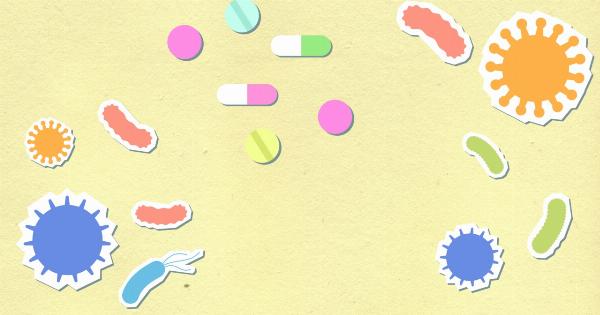Red is a vibrant and attention-grabbing color that often evokes strong emotions and reactions. While it can be visually appealing and invigorating, there are certain adverse effects associated with exposure to red, especially in adults.
In this article, we will review some of the common complications that can arise from excessive exposure to red and delve into their potential risks and precautions.
1. Increased Agitation and Restlessness
One of the adverse effects of red in adults is the potential to increase agitation and restlessness.
Studies have shown that prolonged exposure to the color red can lead to heightened levels of arousal and irritability, making individuals more prone to feelings of agitation and restlessness.
2. Elevated Blood Pressure
Red has been found to have a stimulating effect on the sympathetic nervous system, which controls blood pressure.
Excessive exposure to red can lead to increased blood pressure in some individuals, potentially putting them at a higher risk for cardiovascular complications.
3. Impaired Sleep Patterns
The vibrant and stimulating nature of red can disrupt sleep patterns in some adults. Exposure to red before bedtime or during sleep can hinder the ability to relax and fall asleep, leading to difficulties in maintaining a healthy sleep routine.
4. Increased Appetite
Red has been associated with an increased appetite and food consumption. Some studies suggest that the color red can activate the senses and enhance the desire for food.
Adults exposed to red environments or red-colored food may experience a heightened appetite, potentially leading to unhealthy eating habits.
5. Eye Strain and Fatigue
Constant exposure to bright red hues can strain the eyes, causing discomfort and fatigue. This can be particularly problematic for individuals who work in environments where red is prevalent, such as emergency rooms or certain retail settings.
6. Heightened Aggression and Hostility
It has been observed that red can stimulate feelings of aggression and hostility in some individuals.
Studies have shown a positive correlation between the color red and aggressive behavior, suggesting that exposure to this color may heighten the likelihood of aggressive reactions in certain adults.
7. Increased Stress Response
Red is known to activate the release of stress hormones, such as cortisol, in the body.
Prolonged exposure to red can result in an amplified stress response, potentially contributing to chronic stress and its associated complications, such as weakened immune system and increased risk of various diseases.
8. Difficulty in Concentration
While red can evoke strong emotions, it can also be distracting. Some adults may find it challenging to concentrate in environments where red is dominant or overly utilized.
This can hinder productivity and focus, especially in tasks that require sustained attention.
9. Increased Sensitivity to Pain
Research suggests that exposure to red can heighten an individual’s perception of pain.
Individuals surrounded by red stimuli may experience increased sensitivity to pain, which can be an added burden to those already dealing with chronic pain conditions.
10. Visual Overstimulation
Continual exposure to red can lead to visual overstimulation in adults. The intense and dominant nature of red can overload the visual senses, causing visual fatigue and potential discomfort.
Individuals sensitive to visual stimuli may find it overwhelming to spend extended periods in environments inundated with red.
Conclusion
While red is undoubtedly a captivating and powerful color, it is crucial to recognize the potential adverse effects it can have on adults.
This review highlights some of the common complications associated with red, ranging from increased agitation and restlessness to visual overstimulation. It is essential for individuals and professionals to consider these risks and take appropriate precautions when utilizing or exposing adults to the color red.































